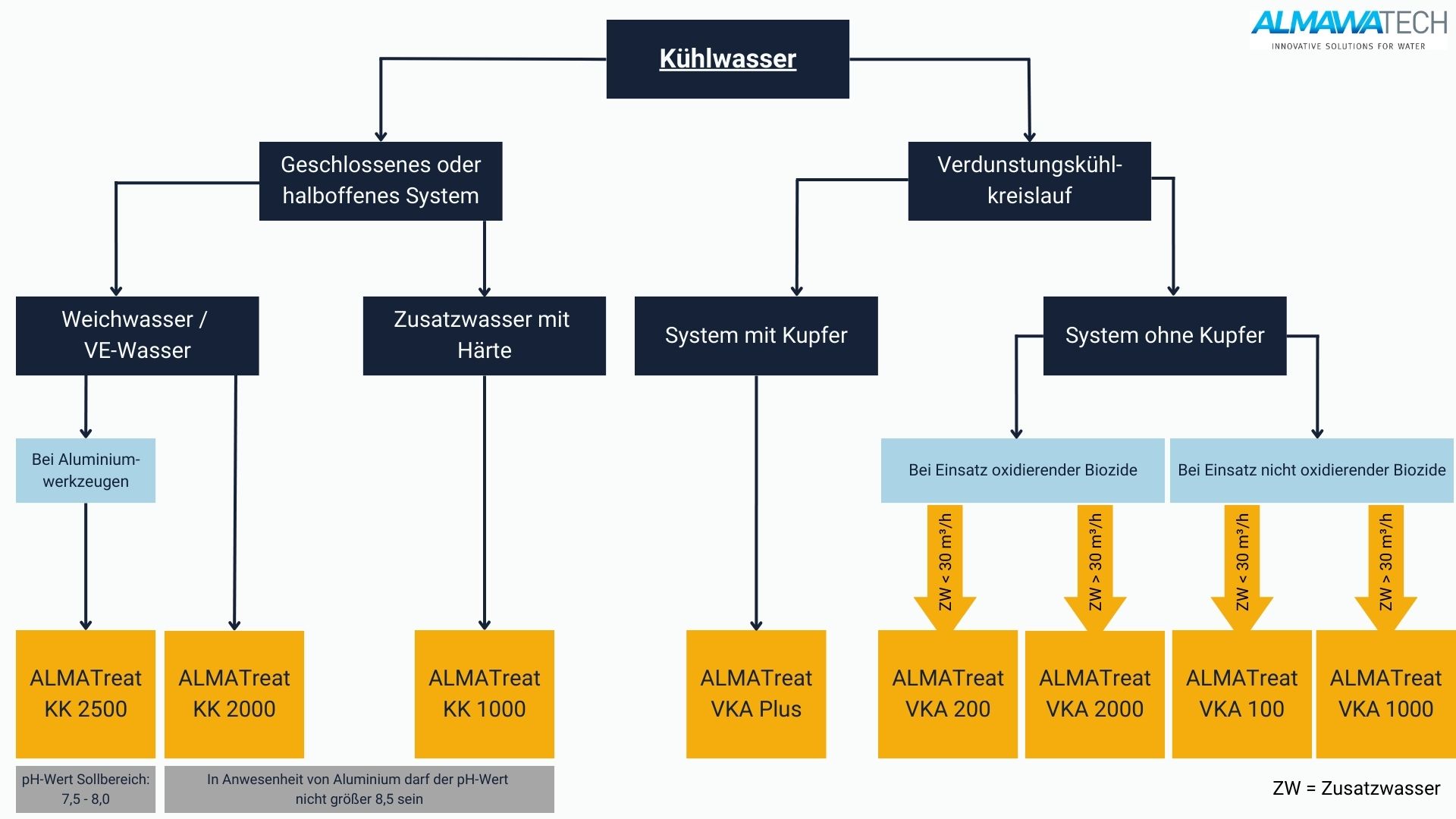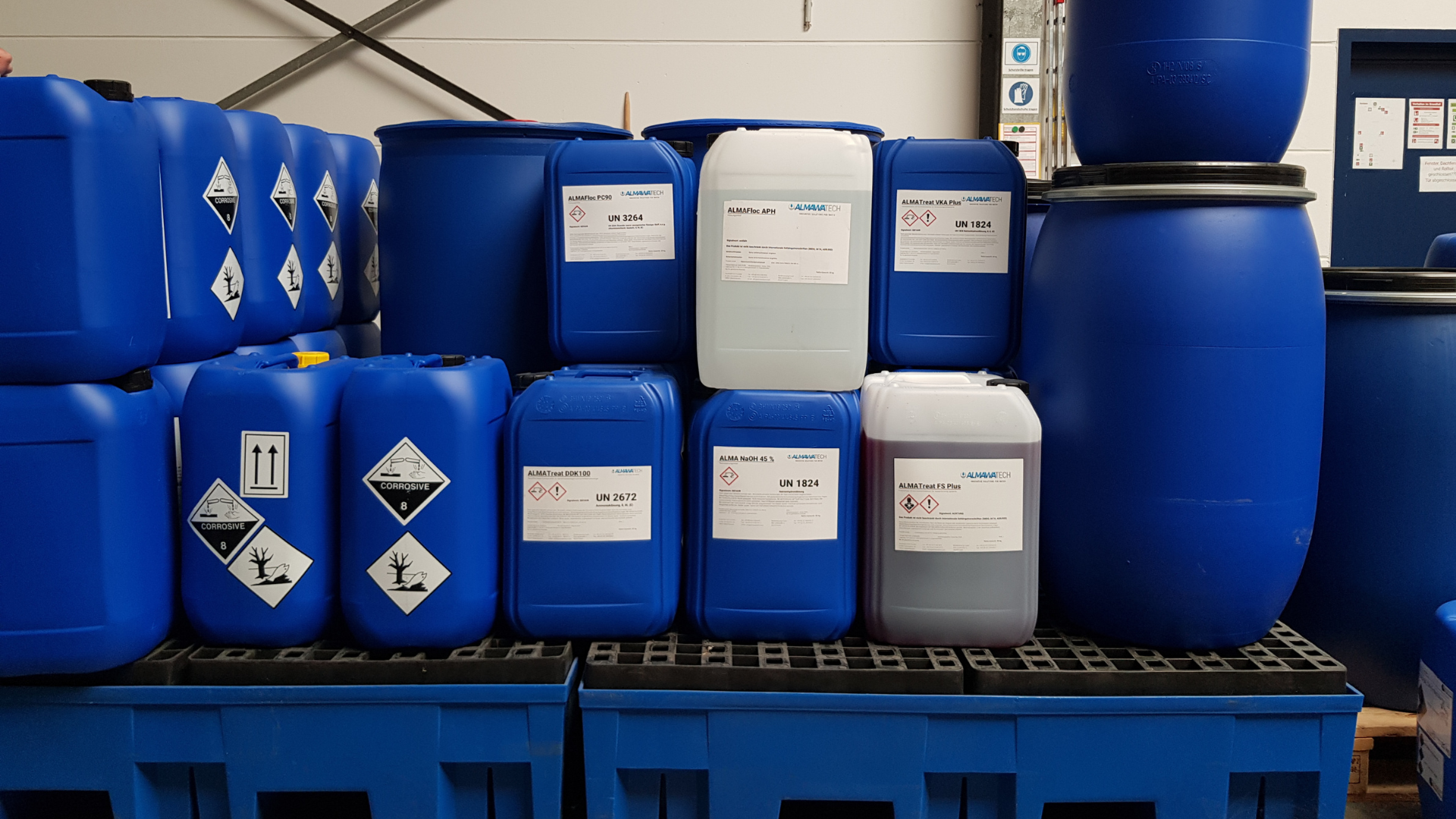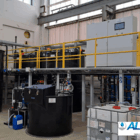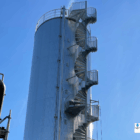Dispersion in water and wastewater treatment refers to the distribution of fine particles in a liquid in which the particles remain evenly suspended in the medium without combining or separating. Dispersion processes are essential for many applications in industrial water technology and wastewater treatment, as they improve the stability and homogeneity of particle distributions and prevent the accumulation of solids. Stable dispersion is required to prevent deposits and fouling in pipes, reactors and on membrane surfaces.
In industrial practice, the formation and stabilization of a dispersion is particularly important in cooling circuits, boiler water treatmentsas well as in dye works and the paper industry, where various particles such as minerals, pigments or fibers have to be dispersed. Dispersing agents support the homogeneity of the dispersion and extend the service life of the systems.
Table of contents
Technical background to dispersion
A dispersion occurs when solids, liquids or gases are distributed in another medium and form a suspended phase there. The fine particles form the dispersed phase, while the water or another liquid forms the continuous dispersion medium.
The stability of a dispersion is influenced by several factors:
- Particle size: Small particles with a large surface area remain in suspension more easily, as the buoyancy forces of the liquid are sufficient to separate the particles.
- Surface charge of the particles: Electrically charged particles are less inclined to join together, as particles with the same charge repel each other.
- Viscosity of the medium: A higher viscosity of the medium helps the particles to remain in suspension for longer and to distribute themselves evenly.
- Dispersing agents: Chemical dispersing agents are added to reduce the surface tension of the particles and create stable, long-term dispersion systems.
Types of dispersions in industrial water technology
Colloidal dispersions:
- Colloids are extremely fine particles that generally do not sediment but remain in suspension due to Brownian motion. These particles can be both hydrophilic and hydrophobic and pose a challenge in water treatment, as they often cannot be removed by simple sedimentation. They are usually stabilized by coagulation and flocculation processes.
Suspensions:
- These are coarser particles that are kept in suspension by agitation or other mechanical action. Suspensions are often found in the treatment of sludge, for example in sludge conditioning and solids removal in wastewater treatment.
Emulsions:
- Emulsions are dispersions in which liquids (often oil and water) are finely dispersed. Emulsions are generally undesirable in water treatment and are removed by special emulsion splitting and precipitation.
Use of dispersion processes in practice
In water and wastewater treatment, dispersion processes are often used to prevent deposits and to optimize the treatment steps:
- Dispersed solids such as salts and mineral deposits in the cooling water can reduce the efficiency of the system. Dispersants that keep the deposits stable and in suspension prevent the formation of limescale and other solid deposits on the heat exchanger surfaces. This stable dispersion reduces fouling and ensures optimum heat transfer.
- High temperatures in boilers and heating systems cause calcium and magnesium salts to form, which can lead to boiler scale. Dispersing these deposits and stabilizing them with dispersants prevents sedimentation and extends the service life of the heating surfaces.
Membrane systems and reverse osmosis:
- In membrane systems, fine particles and colloidal substances often lead to fouling, which impairs the operation of the membrane. By dispersing the solids, the membranes can be protected from deposits. This increases the service life and reduces the need for chemical cleaning.
paper industry:
- In paper production, solids and fillers are often kept in a stable dispersion. Dispersing agents prevent these substances from depositing on machine components, which improves production efficiency and the quality of the end product.
Textile and dyeing industry:
- Here, colors and pigments are kept in a stable dispersion to ensure a uniform coloring result. Dispersing agents ensure that the color particles remain evenly distributed and are not deposited on machine surfaces or in pipes.

Photo: Product overview of some operating fluids for cooling water systems from the ALMA AQUA cooling water product range
Dispersing agent for stabilizing dispersions
Dispersants are special chemicals that modify the surface of the particles and thus promote the stability of the dispersion. Depending on the type of particles to be stabilized and the medium, the dispersant can be anionic, cationic or non-ionic. Dispersants help to keep the dispersions stable over a longer period of time, minimizing deposits and fouling.
Anionic dispersing agents:
- They are particularly effective for mineral solids and are used in water treatment and boiler water treatment to prevent the deposition of calcium and magnesium ions.
Cationic dispersants:
- These are often used to stabilize organic substances in wastewater treatment and prevent the formation of organic deposits and fouling.
Polymer-based dispersants:
- Polymer-based dispersants such as polyacrylates provide additional stabilization by forming a protective layer around the particles. They are particularly useful in reverse osmosis and cooling systems to prevent the formation of calcium carbonate and magnesium salts.
Advantages and challenges of using dispersion processes
Advantages:
- Improved system efficiency: By preventing deposits and fouling, the efficiency of cooling systems, boiler systems and membrane systems is maintained.
- Extended operating times: Stable dispersions extend the service life of the systems as less maintenance and cleaning is required.
- Flexibility in the process: By using dispersants, the system can react more flexibly to different water qualities and loads, which is particularly advantageous in industrial circuits.
Challenges:
- Precise dosing required: Overdosing of dispersants can promote the formation of emulsions or other instabilities, while underdosing does not sufficiently prevent deposits.
- Dependence on pH value and temperature: The effectiveness of the dispersants can vary depending on the pH value and temperature, which requires precise process monitoring.
- Compatibility with other chemicals: In many industrial applications, dispersants must be compatible with other chemicals such as antiscalants and corrosion inhibitors in order to achieve the desired effect.

Photo: Application-specific operating resources ALMA AQUA membrane, cooling water & boiler
Conclusion
Dispersion plays a crucial role in industrial water and wastewater treatment to effectively disperse solids and impurities and create stable systems. The correct selection and dosing of dispersants can significantly reduce deposits and fouling in recirculation systems and membrane processes, increasing the efficiency and service life of the systems. ALMAWATECH offers a variety of dispersants and application-specific solutions to ensure optimal system performance and cost-effective water treatment.
For further information on our products, please feel free to contact us at any time!








